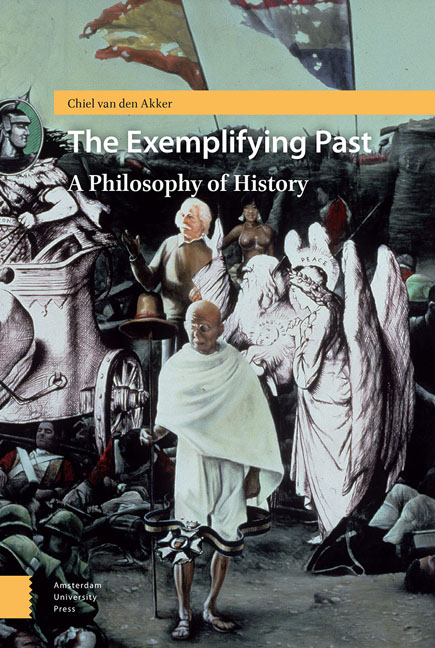4 - Resemblance, Substitution, Expression
Published online by Cambridge University Press: 29 January 2021
Summary
The Renaissance stands by itself like a painting on an easel.
− Felix GilbertIntroduction
At the Piazza del Campidoglio in Rome stands the equestrian statue of the Roman emperor Marcus Aurelius (121-180). It is a weatherproof replica of the original, which is on display at the Palazzo dei Conservatori. It survived because the medieval Romans believed it to represent the first Christian emperor Constantine (272-337). The conquered barbarian king who according to medieval testimonies kneeled underneath the horse's front right leg, begging for mercy, is missing. The statue represents Aurelius as he had just returned from one of his successful conquests. With his gesture he may be greeting the Roman people or show clemency for the conquered king. Striking is his somewhat distant but patient facial expression. I take it that the statue expresses his grandeur and dignity as a stoic harbinger of peace. This is what the statue, under this interpretation, means.
We may wonder whether the statue looks like the emperor. It probably does. Of course, never having met him in person, I do not know what Aurelius in real life looked like, but I do know that this particular statue resembles other portraits of him. I also have no reason to doubt the sculptor's skill to imitate Aurelius’ physique, although he perhaps represented Aurelius better looking than he in fact was – or, what is more likely, rather than imitating Aurelius’ physique, the sculptor had the skill to represent Aurelius in such a way that we believe that he skilfully imitated Aurelius’ physique. Clearly, the sculptured horse resembles a real horse. We may also observe that the statue was meant to take the place of the real Aurelius and function as a substitute for him in the sense that the attitude towards the real Aurelius should be the same as the attitude towards his statue: an attitude of awe and submissiveness. The feeling or thought expressed by a representation need not be aroused in the viewer. A statue expressing grandeur and dignity may arouse a sense of awe and submissiveness in the viewer. The latter is, I think, what the statue was meant for.
- Type
- Chapter
- Information
- The Exemplifying PastA Philosophy of History, pp. 75 - 98Publisher: Amsterdam University PressPrint publication year: 2018



